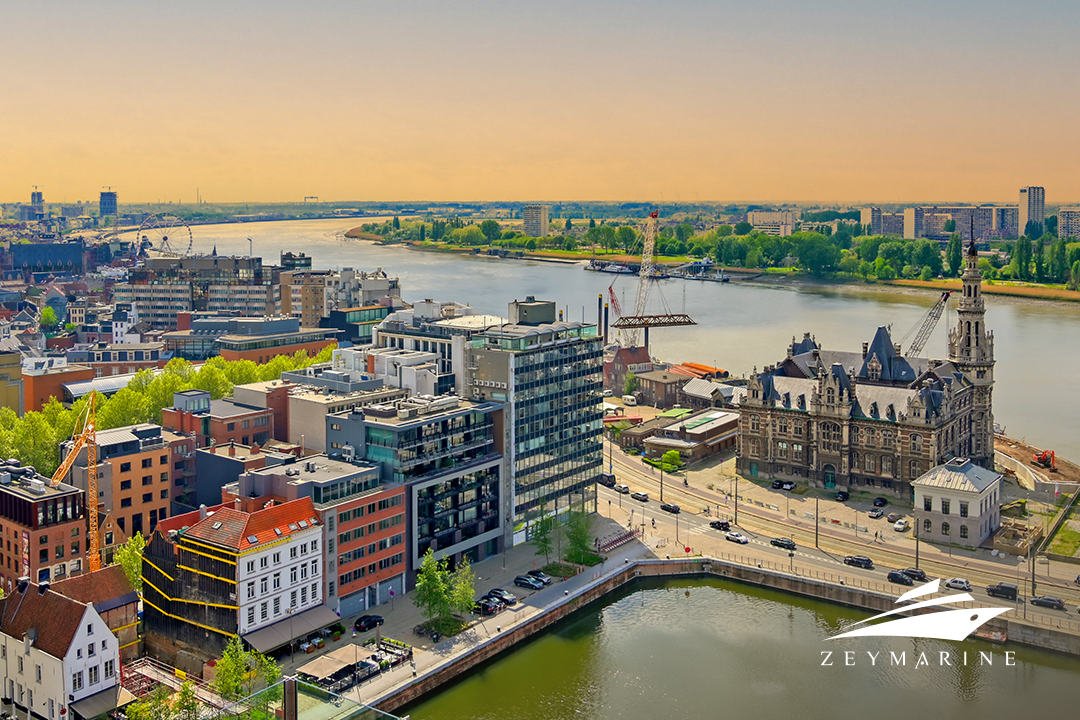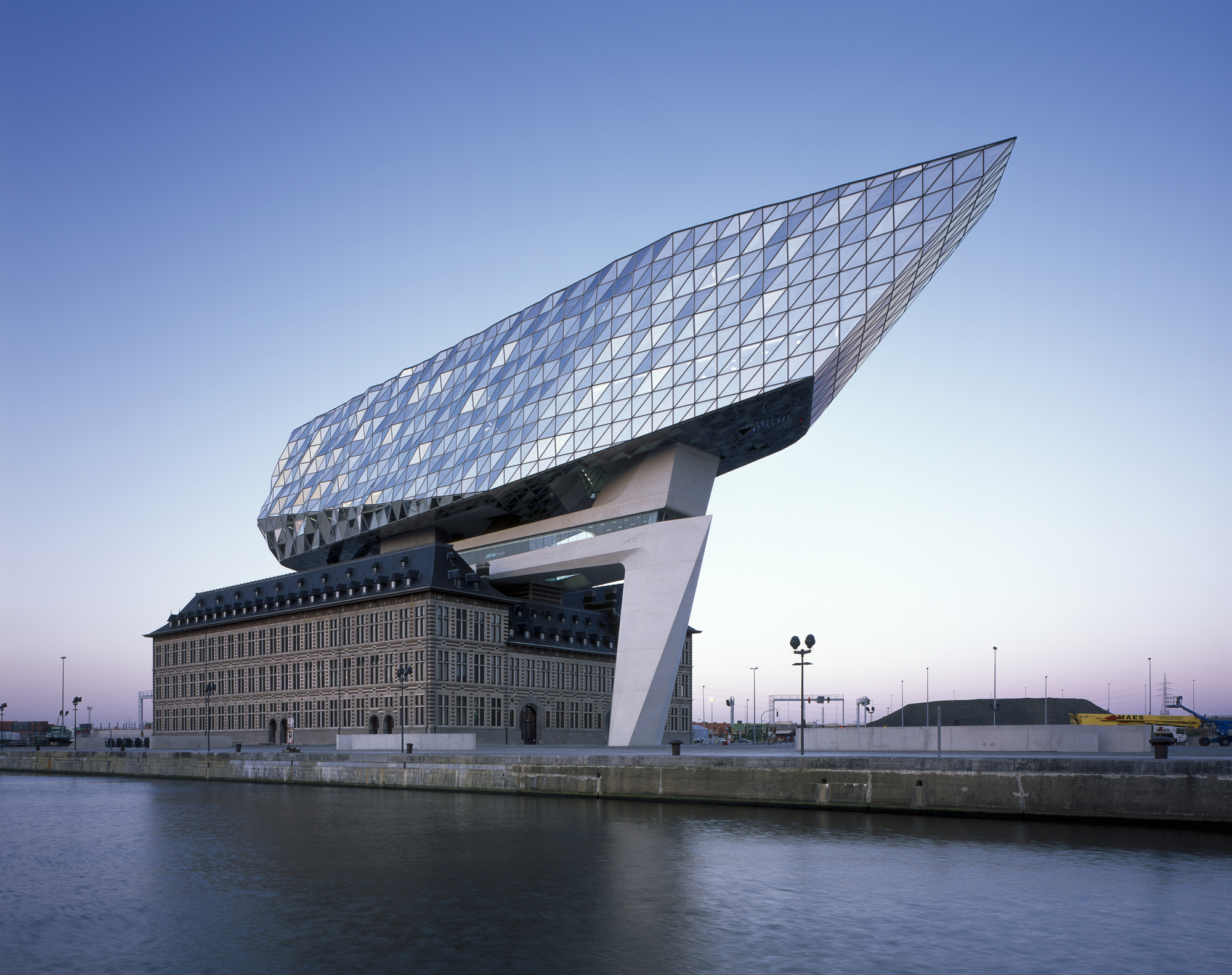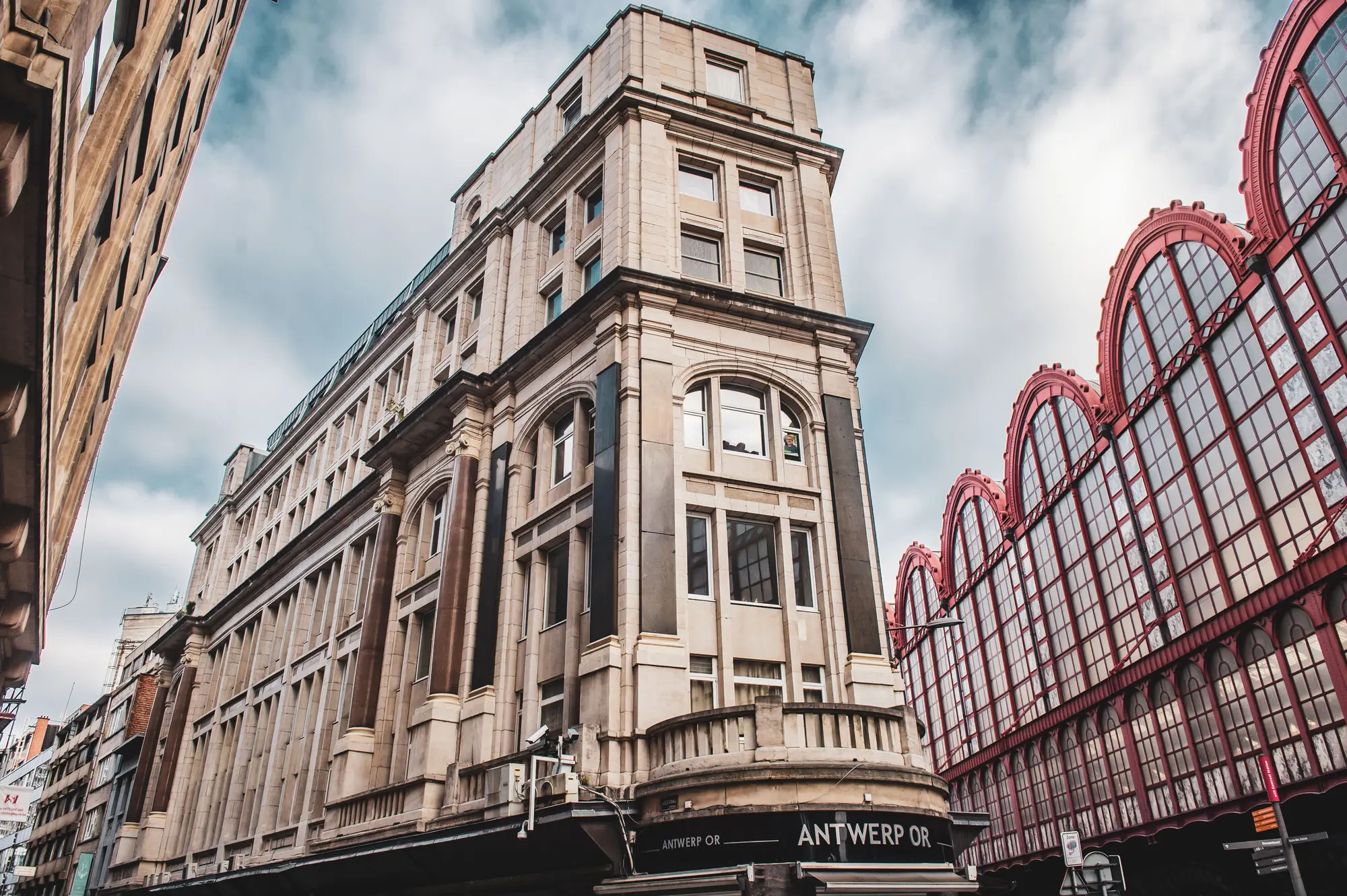When one thinks of Antwerp, it is tempting to imagine fashion boutiques and chic Flemish masters. Yet Antwerp is more than art and glitter; it is a city where river meets sea, where medieval trade routes transformed into modern logistics arteries, and where Europe’s inland heart has always found a way to breathe through saltwater lungs. Let’s explore the port city of Antwerp.
History of Antwerp
The very name “Antwerp” has origins wrapped in both history and legend. In Latin records, it appears as Antverpia, which is likely derived from “anda” (meaning “against”) and “werpum” (meaning “wharf or riverbank”), a nod to the city’s location on the Scheldt River. However, locals prefer a far more colorful tale: the legend of the giant Antigoon, who terrorized sailors by demanding tolls at the river crossing. When a Roman soldier named Silvius Brabo slew him and cut off his hand, throwing it into the Scheldt, the act supposedly gave the city its name: “hand werpen,” to throw a hand. The story lingers, immortalized in the Brabo Fountain at the Grote Markt. Whether etymology or fable, both remind us that Antwerp’s identity has always been linked to water and trade.
In the Middle Ages, Antwerp had become the hub of the Low Countries (consisting of Belgium, the Netherlands, and Luxembourg). The 16th century was its Golden Age: the city grew into Europe’s leading commercial and financial center, rivaling Venice and Lisbon. Portuguese ships unloaded pepper and spices from Asia, German merchants supplied silver from the mines, and English cloth fueled the textile trade.
Antwerp’s bourse, one of the first true stock exchanges, became the beating heart of global capitalism before the term even existed.
However the history is never static. The Eighty Years’ War and the closing of the Scheldt by Dutch rivals in 1585 sent Antwerp into decline. Trade shifted northward to Amsterdam, and for nearly two centuries, Antwerp’s harbor fell quiet. Only with the Napoleonic era and later the 19th century industrial boom did Antwerp regain its stature. The Scheldt was reopened, the docks modernized, and by the late 1800s Antwerp had once again become one of Europe’s most important ports, a role it still proudly holds today.
Antwerp as a Port City
Today, Antwerp is not only Belgium’s largest port but also one of Europe’s foremost gateways to the world. After its 2022 merger with Zeebrugge, it now operates as the Port of Antwerp-Bruges, forming the largest export port in Europe and the second-largest container hub on the continent, trailing only Rotterdam. It is a logistics powerhouse with strong hinterland connections: barges, rail, and trucks fan out to Germany, France, the Netherlands, and beyond.
The port encompasses over 12,000 hectares of land and features a vast network of docks and terminals capable of accommodating the largest vessels in the world, including Ultra-Large Container Vessels (ULCVs) and Capesize bulk carriers. The annual cargo handling figures are a testament to its capacity and efficiency; the port consistently handles more than 200 million metric tons of cargo annually, with container traffic often exceeding 12 million TEUs.
It is Europe’s premier hub for the handling of steel, forest products, and fruit, with specialized terminals offering state-of-the-art facilities for roll-on/roll-off (Ro-Ro) traffic and liquid bulk.
Attractions in Antwerp
If the port is Antwerp’s body, art is its soul. The city is synonymous with Peter Paul Rubens, the Baroque master whose house and studio (Rubenshuis) now welcome visitors into the world of 17th-century painting. Rubens wasn’t alone; Anthony van Dyck and Jacob Jordaens also worked here, cementing Antwerp’s role as a crucible of Flemish art.
Modern Antwerp is equally influential in design. The “Antwerp Six,” a group of avant-garde fashion designers who graduated from the Royal Academy in the 1980s, propelled the city onto the global fashion stage. Their legacy endures, with Antwerp considered one of Europe’s fashion capitals, a curious echo of its role as a trading capital centuries earlier.
The Museum aan de Stroom (MAS) tells the story of the city’s maritime identity, while the Cathedral of Our Lady dominates the skyline with its spire and houses Rubens’ monumental altarpieces. Walk through the Grote Markt, and you encounter not only the Brabo Fountain but the ornate guild houses that once belonged to merchant guilds whose fortunes rose and fell with the tides.
Culture of Antwerp
Beyond ships and paintings, Antwerp sparkles, literally. The city is the world’s diamond capital, with nearly 80% of all rough diamonds passing through its district of narrow streets filled with cutting workshops and trading offices. To walk through Antwerp’s diamond quarter is to sense a global industry condensed into a few blocks.
No Belgian city is complete without culinary indulgence. Antwerp is a paradise of frites, waffles, and chocolate, but it is also home to one of the country’s most dynamic craft beer scenes. Pairing these with fresh seafood or a steaming cone of fries is not just a meal, it’s a city culture.
Antwerp held the 1920 Summer Olympics, which were the first games after the First World War and also the only ones to be held in Belgium.
On the pitch, Royal Antwerp FC, founded in 1880, claims the title of Belgium’s oldest football club. Known simply as “The Great Old,” it has a loyal fan base and in recent years has reclaimed national glory, showing that Antwerp’s competitive spirit is alive both on the water and on the grass.












